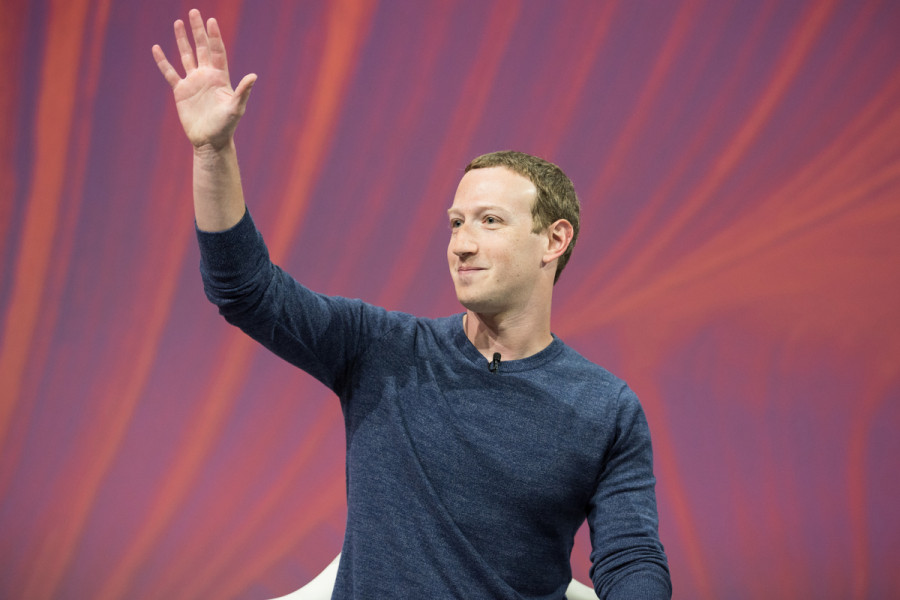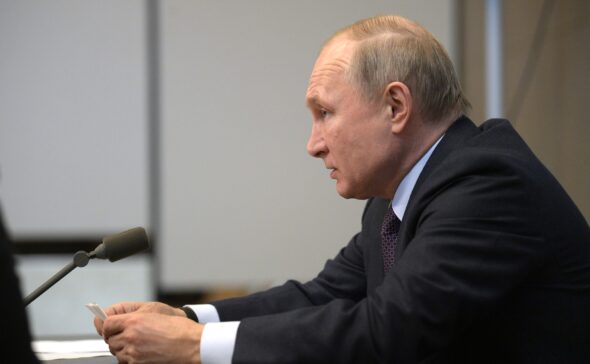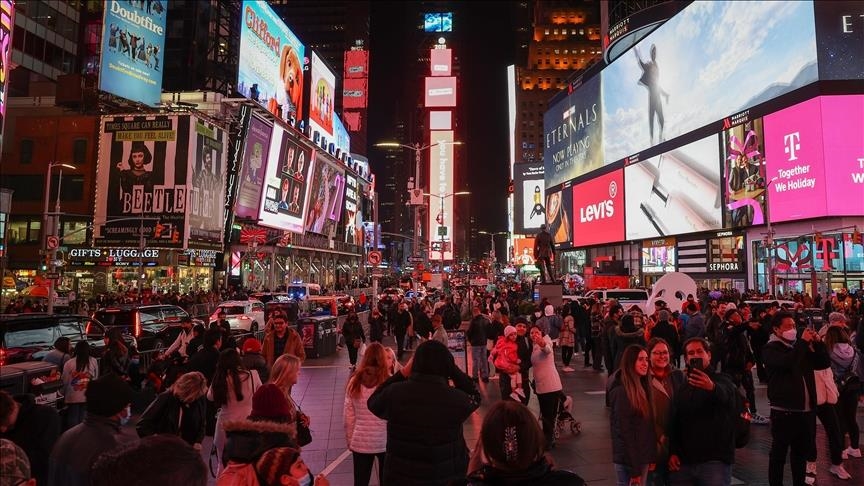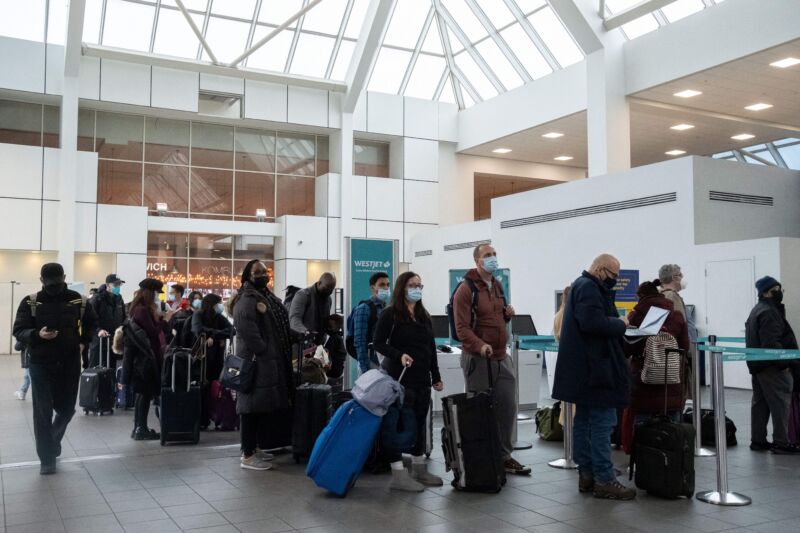Russia plans cyberattacks on Ukraine's grid, banks and government - NYT
Russia is preparing a series of cyberattacks against the Ukrainian government, power grids, the banking system and other important sectors of the economy as The New York Times reported citing the American intelligence.
According to the US intelligence community, the goal of Russian President Vladimir Putin at the moment is not an invasion of Ukraine with 175,000 troops that he collects at the border, but cyberattacks aimed at damaging Ukrainian infrastructure. Such subversive actions against Ukraine will not require occupation of the country or physical attack and will avoid the sanctions that Western countries have promised to impose in the event of Russian aggression.
Moreover, hacker attacks on important areas of the Ukrainian economy and government agencies will certainly weaken President of Ukraine Volodymyr Zelensky and expose him to society as inept and defenseless. All this will create the basis either for the overthrow of the government and the establishment of a puppet power loyal to Russia, or it will prepare a pretext for a real attack on the country.
American officials cannot say with certainty that a military invasion will take place.
“The current assessment of the U.S. government is that he has not made a decision,” President Biden’s national security adviser Jake Sullivan said.
Russian cyber activity has been the focus of the White House, the CIA, the NSA, and the US Cyber Command, whose "cyber missions" are deployed to identify vulnerabilities around the world. The data was obtained from classified sources.
Therefore, the United States and the United Kingdom secretly dispatched cyber warfare experts to Ukraine to better prepare it to deal with hacker attacks.
While no government provided details, officials said the United States is considering a larger deployment, including US Cyber Command resources.
In a statement, the administration of US President Joe Biden said that the United States "has long supported Ukraine's efforts to strengthen cyber defense and increase its cyber resilience."
A British government spokesman said the assistance provided by Britain and its allies was defensive in nature.
American officials believe that the Russian cyber campaign against Ukraine has, in a sense, never stopped, although until recently it continued at a low level. However, American officials and experts note that over the past month, the number of malicious activities in the cyberspace of Ukraine has increased, even as public attention has been focused on the troop build-up.
“It’s a widespread campaign targeting numerous Ukrainian government agencies, including internal affairs — the national police — and their electric utilities,” leading investigator of Russian cyber activity and the chairman of Silverado Policy Accelerator Dmitri Alperovitch said.
According to him, the Russian leader views cyberattacks as "preparing the battlefield."
The Ukrainian power grid was created during the Soviet Union and is connected to Russia. It has been upgraded with Russian equipment. The program is as familiar to cybercriminals as to operators.
As we reported, a hacker who carried out DDoS (attacks on a computer system made with the intention of making computer resources inaccessible to the user) and spam attacks (mass mailing of commercials) and hacked websites was exposed.














